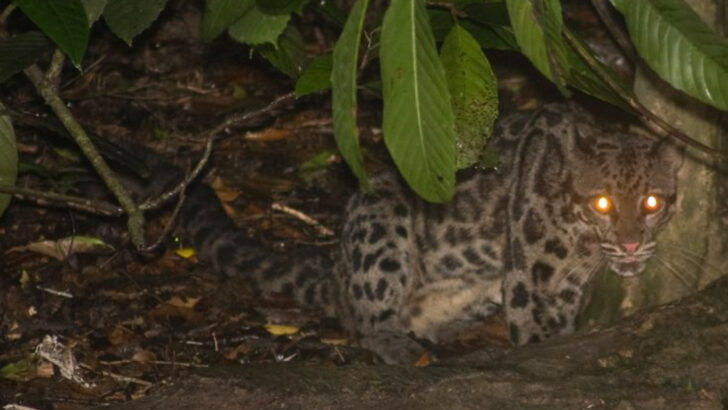Some wild cats are vanishing before we even learn their names. While lions and tigers steal the spotlight, lesser-known cousins stalk the shadows—quiet, elusive, and rapidly disappearing. These secretive predators roam rainforests, mountains, and deserts, often in places few people ever go. But their silence comes at a cost: many are slipping away unnoticed. Some are smaller than a housecat. Others are built like ghosts—rarely seen, barely photographed, and heartbreakingly endangered. Their stories aren’t just fascinating—they’re urgent. Meet five wild cats you’ve probably never heard of—plus six more fighting to stay on the map.
Andean Mountain Cat
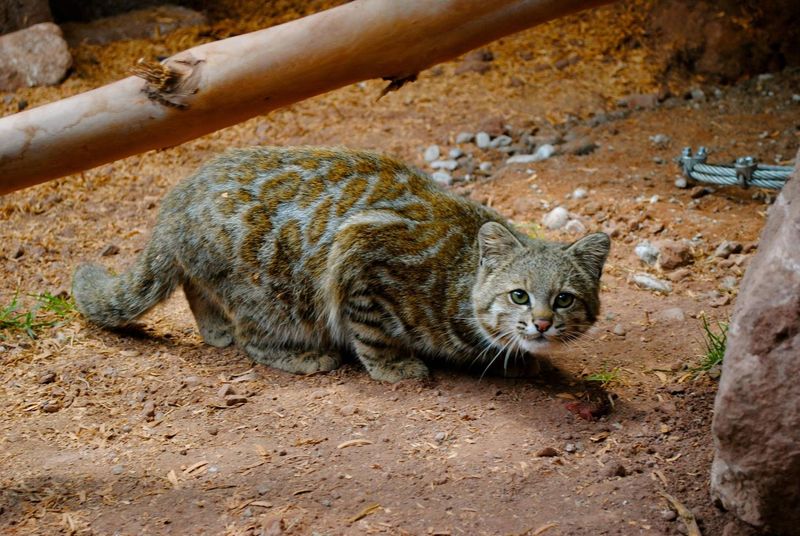
Perched high in the Andes, the elusive Andean Mountain Cat remains unseen by most. With thick, silvery-grey fur, it blends perfectly into its rocky surroundings. This cat is a ghost of the mountains, rarely encountered by humans.
Despite its elusive nature, it’s under threat due to habitat loss and hunting. The Andean Mountain Cat thrives in high-altitude regions, where it preys on small mammals. Conservation efforts are crucial to ensure its survival.
Its mysterious aura and beautiful coat make it a true treasure of the Andes, deserving of protection.
Flat-headed Cat
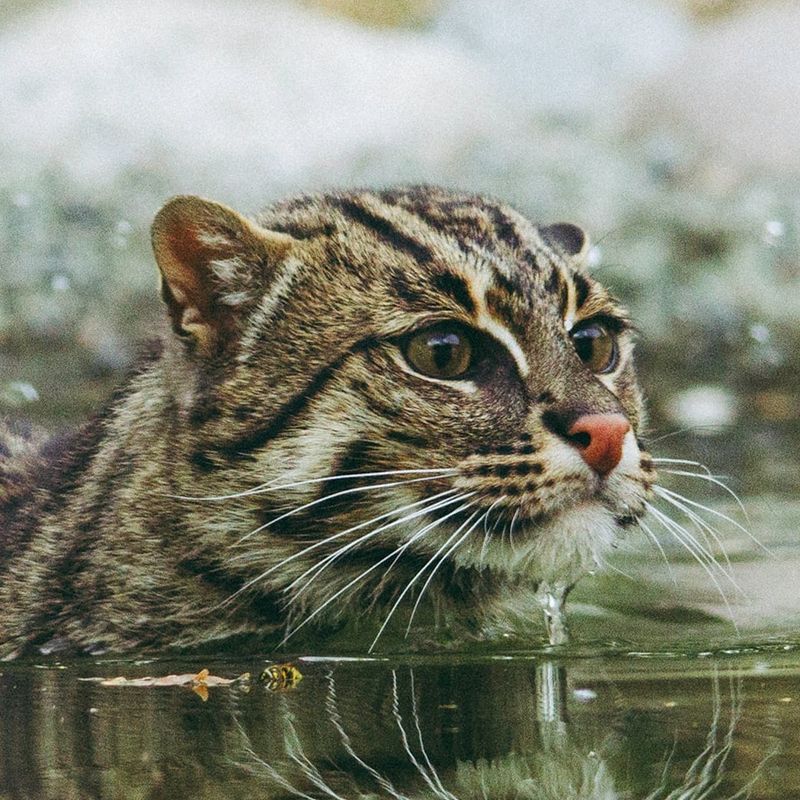
The Flat-headed Cat, with its unusual appearance, is a fishing expert. Found in Southeast Asia, this cat possesses a unique flat head and webbed feet, perfect for hunting in water.
Its main diet consists of fish and frogs, making it an adept swimmer. Unfortunately, deforestation and water pollution threaten its habitat.
The Flat-headed Cat’s survival depends on clean waterways and protected forests. Its distinct features and aquatic lifestyle make it a remarkable member of the big cat family. Preserving its environment is vital for its continued existence.
Bay Cat
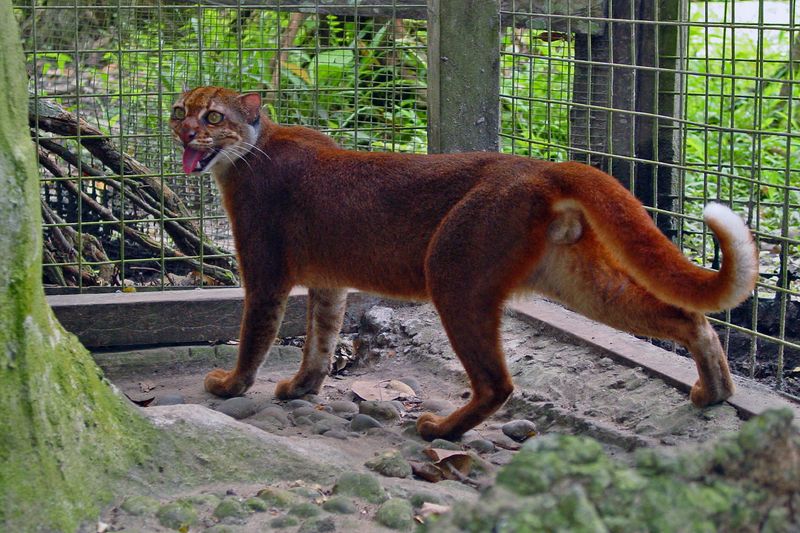
In the dense rainforests of Borneo lurks the enigmatic Bay Cat. Rarely seen, its reddish-brown coat helps it vanish into the foliage. This secretive cat is one of the least known of the big cats.
The Bay Cat’s preference for dense forests makes it vulnerable to deforestation. As forests disappear, so do the habitats of these intriguing felines.
Protecting Borneo’s rainforests is essential for the Bay Cat’s survival. Its elusive nature and beautiful appearance captivate those lucky enough to encounter it in the wild.
Snow Leopard

The Snow Leopard, often referred to as the “ghost of the mountains,” is a symbol of wilderness. Its thick, white coat provides perfect camouflage in the snowy landscapes of Central Asia.
These big cats face threats from poaching and habitat fragmentation. They are known for their solitary nature and incredible agility, navigating steep, rocky terrains with ease.
Conservation initiatives aim to protect these beautiful animals and their habitats. The Snow Leopard’s mystique and grace make it a beloved symbol of the high mountains.
Iberian Lynx
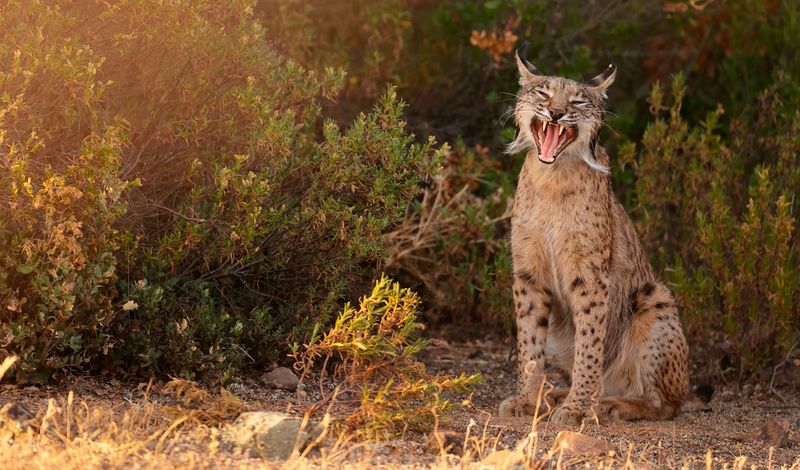
The Iberian Lynx is a conservation success story. Once on the brink of extinction, efforts to save this spotted feline have seen its numbers rise. Found in Spain and Portugal, it thrives in Mediterranean forests.
Its tufted ears and distinct spots make it easily recognizable. The Iberian Lynx mainly preys on rabbits, and its survival is tied to their abundance.
Continued protection of its habitat ensures the future of this unique species. The Iberian Lynx exemplifies how dedicated conservation can bring a species back from the edge.
Borneo Clouded Leopard
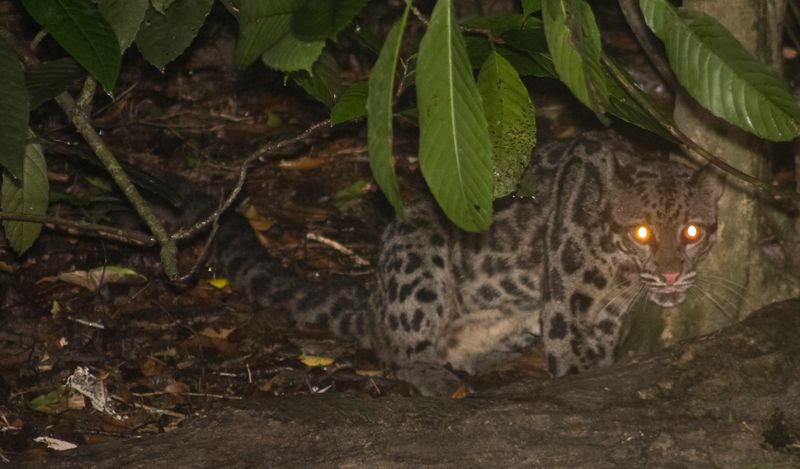
With its cloud-like spots, the Borneo Clouded Leopard is a true marvel. This arboreal cat prefers the high trees of Borneo’s rainforests. Its long tail aids in balance, making it an agile climber.
Deforestation poses a significant threat to its habitat, pushing it towards vulnerability. The Borneo Clouded Leopard’s striking appearance and reclusive nature intrigue wildlife enthusiasts.
Conservation efforts focus on preserving its forest home, crucial for its survival. This cat’s beauty and mystery make it a symbol of Borneo’s rich biodiversity.
Javan Leopard
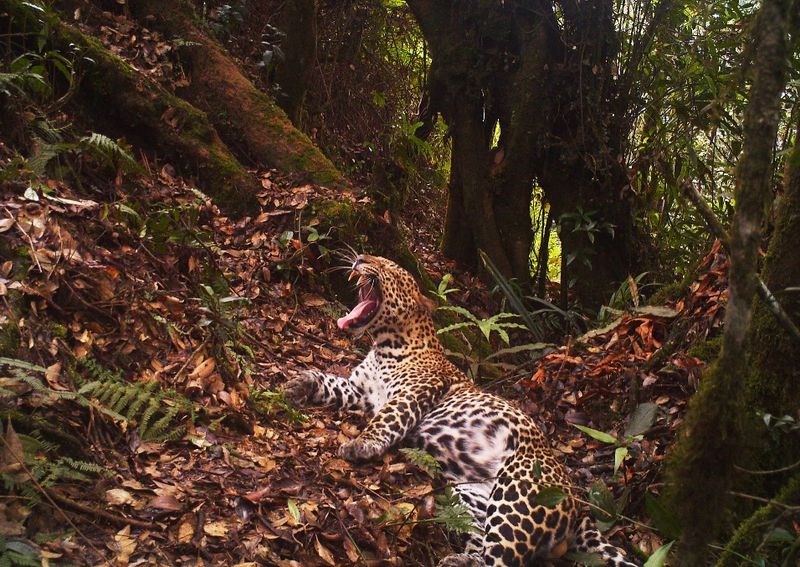
Endemic to Java, the Javan Leopard faces critical endangerment. With a coat adorned with rosettes, it blends seamlessly into the dense jungle. This solitary cat primarily hunts deer and small mammals.
Habitat destruction and poaching are major threats to its existence. Conservation efforts are underway to secure its future in Java’s national parks.
The Javan Leopard’s unique beauty and critical status highlight the urgent need for preservation. Protecting its habitat ensures the survival of this remarkable species, a true gem of Indonesian wildlife.
Sunda Clouded Leopard

The Sunda Clouded Leopard, with its enigmatic allure, roams the forests of Sumatra and Borneo. Known for its distinctive cloud-like markings, this cat is an arboreal expert.
Its survival is threatened by deforestation and habitat fragmentation. Despite its solitary nature, this leopard is a vital part of its ecosystem.
Conservation measures aim to protect its forest home, ensuring its continued presence in the wild. The Sunda Clouded Leopard captivates with its mysterious beauty and crucial ecological role.
Black-footed Cat
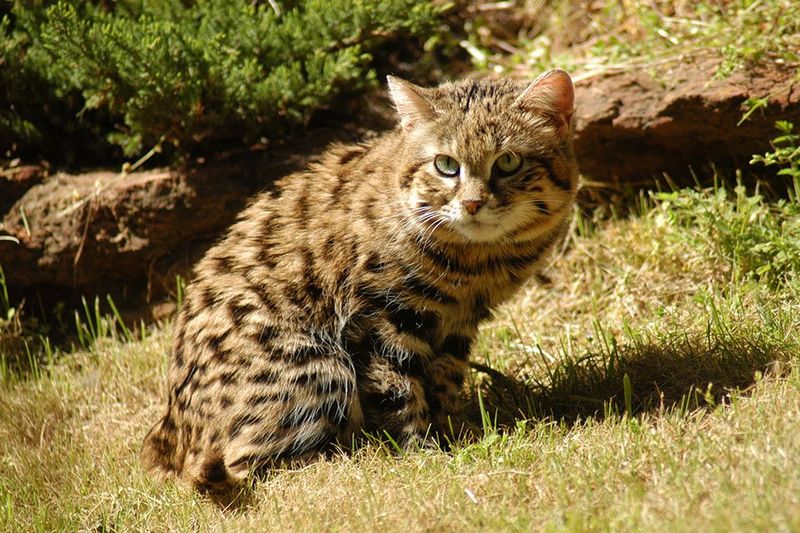
The Black-footed Cat, Africa’s smallest wild cat, is a night-time hunter. Its tiny size belies its fierce nature. Found in the savannahs of Southern Africa, it preys on small birds and rodents.
Despite its size, it is a formidable predator, known for its tenacity. Habitat loss and predation by larger animals threaten its survival.
Conservation efforts focus on habitat preservation and research. The Black-footed Cat’s diminutive stature and fiery spirit make it a captivating member of the wild cats.
Rusty-spotted Cat
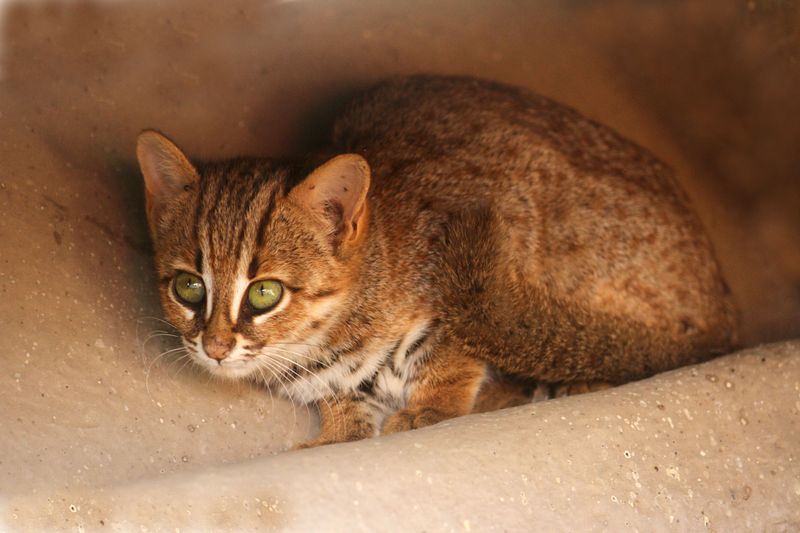
The Rusty-spotted Cat, one of the smallest wild cats, is a master of stealth. Found in India and Sri Lanka, it prefers dense undergrowth for hunting. Its small, spotted body is built for quick, agile movements.
Habitat destruction poses a significant threat, yet it adapts well to agricultural areas. Despite its size, this cat is a successful hunter of small prey.
Conservation programs aim to protect its natural habitats. The Rusty-spotted Cat’s intriguing size and adaptability make it a unique creature of the wild.
Fishing Cat
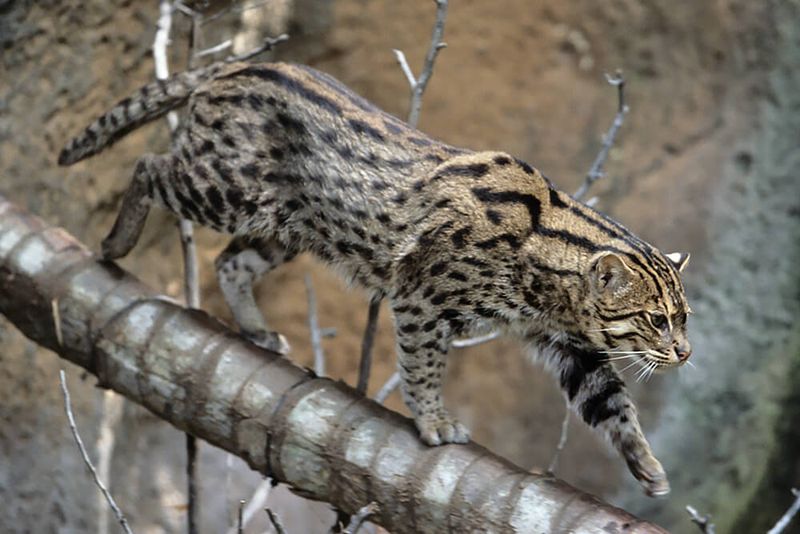
The Fishing Cat, aptly named for its diet, thrives in wetland areas. Found in South and Southeast Asia, it is an exceptional swimmer. Its partially webbed feet make it a proficient hunter of fish and crustaceans.
Wetland degradation and habitat loss threaten its existence. Conservation efforts include habitat restoration and protection.
The Fishing Cat’s unique lifestyle and reliance on aquatic environments highlight the importance of preserving wetlands. This cat’s hunting skills and aquatic nature make it a fascinating subject of study.

